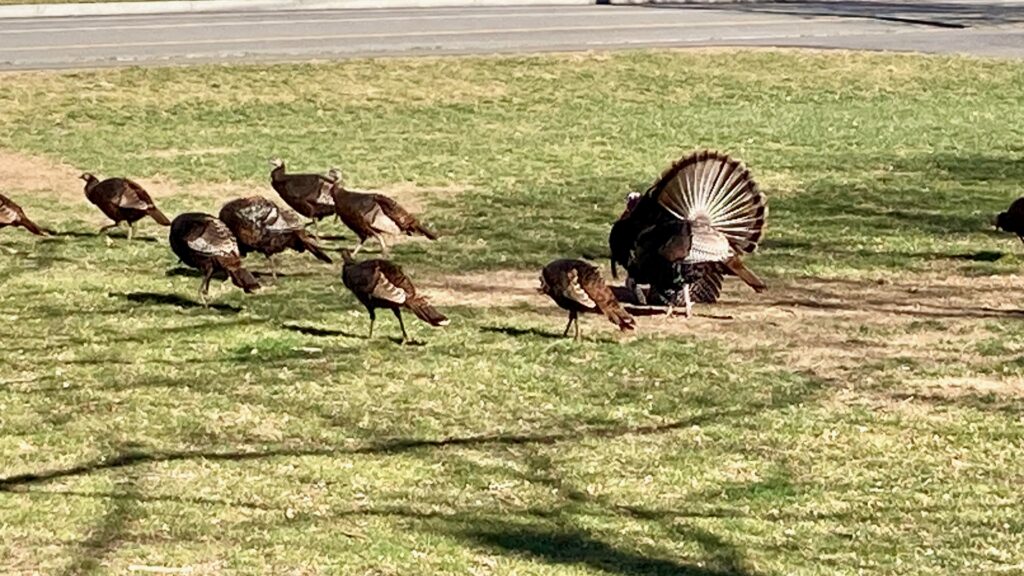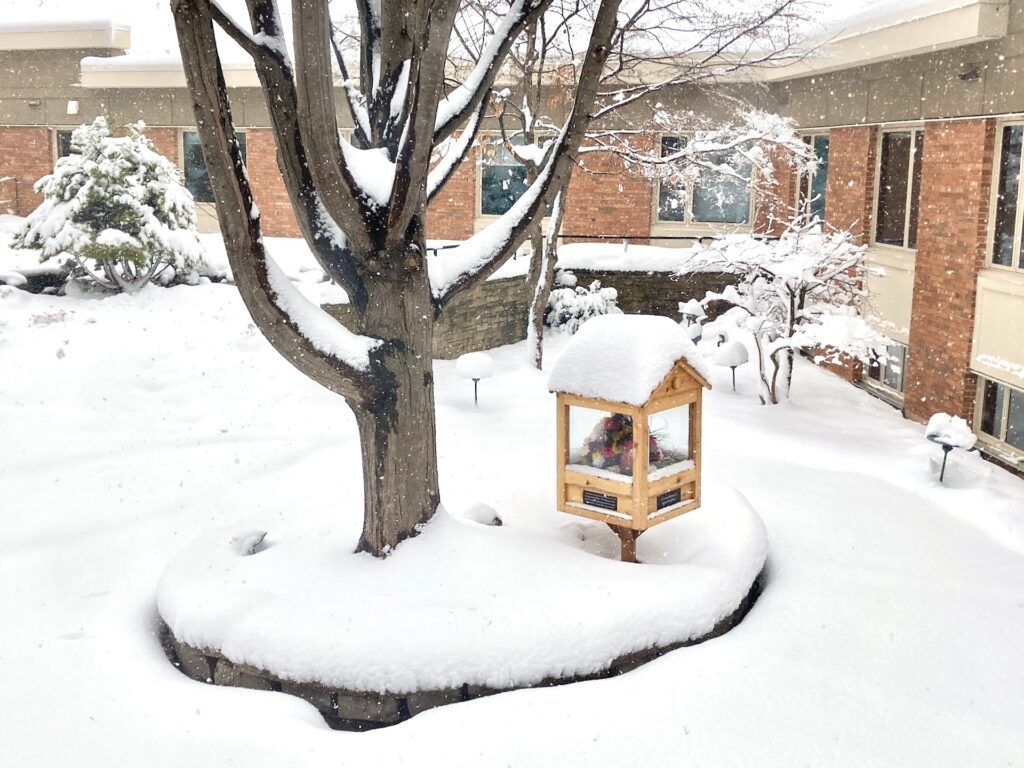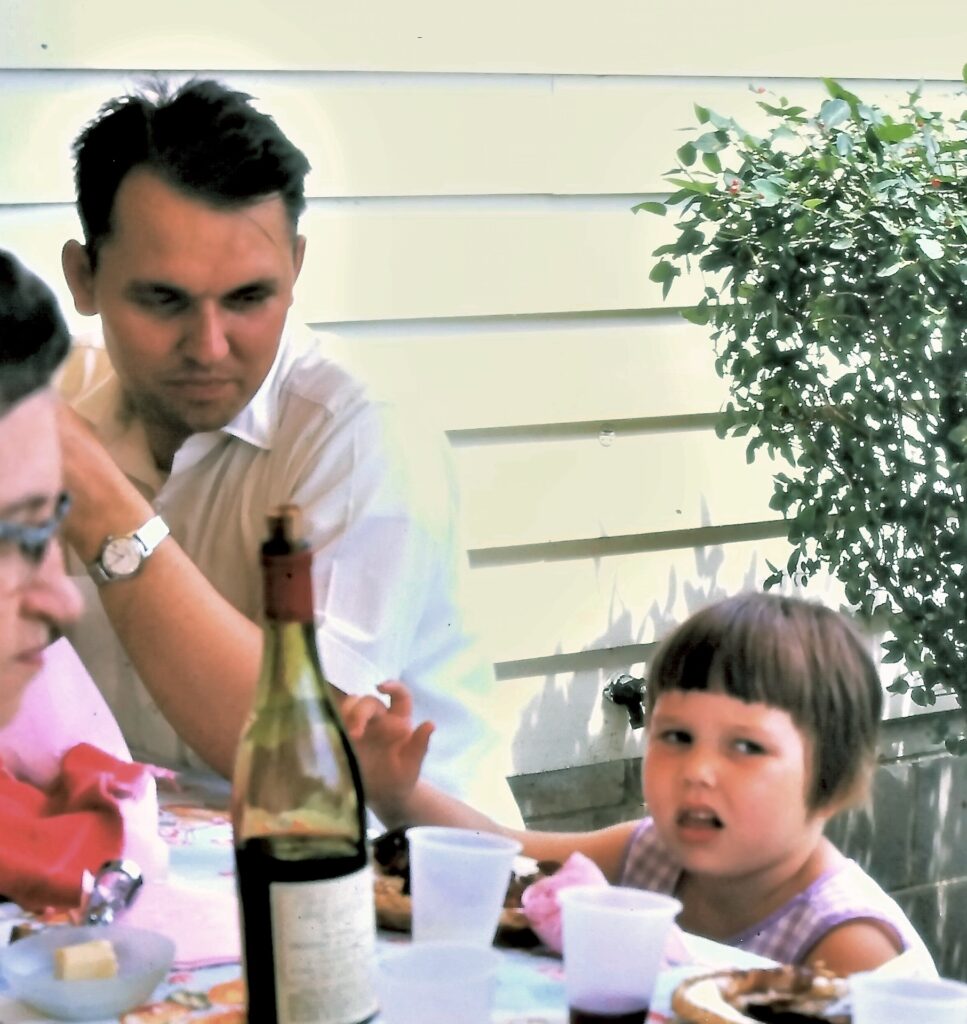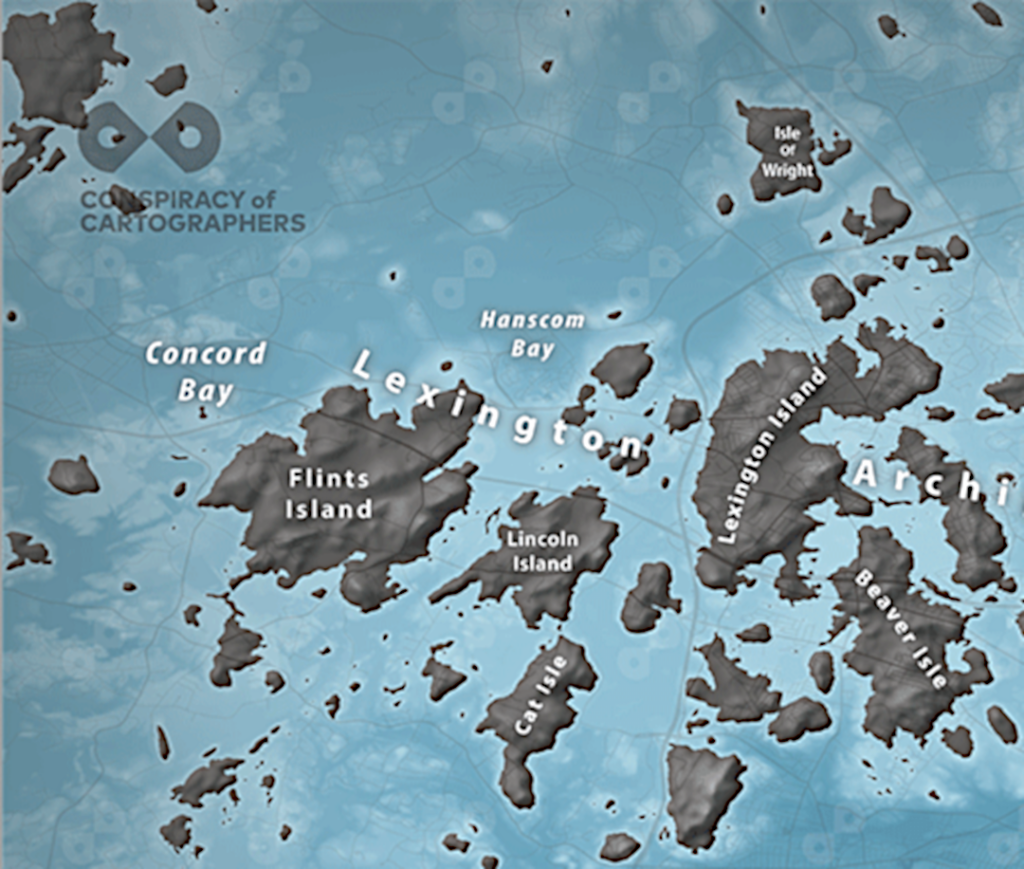As a follow up to my recent post on Unitarian groups in the U.S., I thought I’d look at a few religious groups that promote or support the doctrine of universal salvation. There are a great many Universalists out there, some of whom belong to a few small Universalist denominations, though many individual Universalists remain affiliated with existing denominations.
Christian Universalist Church of America
The Christian Universalist Church of America (CUCA) claims it was founded in Florida in 1964 by Universalist congregations who decided to opt out of the new Unitarian Universalist Association. By 1967, the new denomination ceased to exist (this story is briefly told in Russell Miller’s history of Universalism, The Larger Hope). The present organization was incorporated in 2001 in Indiana. Given the 34 year gap, it’s tempting to call the present CUCA a new organization. However, they still use the 1803 Winchester Profession as their statement of faith, so in that sense they are an inheritor of classic U.S. Universalism.
Their website contains almost no information about their current activities.
Primitive Baptist Universalists
The Primitive Baptist Universalists (PBU) grew out of the Primitive Baptist movement. PBU churches and people were well documented in Howard Dorgan’s book In the Hands of a Happy God (Univ. of Tennessee: 1997). Dorgan believed, but could not document, that early Primitive Baptist Universalists were led to Universalism by Hosea Ballou’s Treatise on Atonement.
PBU churches gradually separated from other Primitive Baptists over the doctrine of universal salvation in the early twentieth century. (In fact, next year, 2024, will be the centenary of the formation of the PBUs.) PBU churches are located almost entirely in the Appalachians. Like all Primitive Baptists, no musical instruments are used in their churches; their churches are plain and unadorned; preaching is the center of the worship service, and is always extemporaneous.
(I admit to real fondness for all Primitive Baptists. Quite a few Primitive Baptists sing at Sacred Harp conventions, where I have enjoyed meeting them and singing with them. Some day, I hope to visit a PBU church and meet some PBUs.)
Universalist Christian Association
The Christian Universalist Association (CUA) holds to a belief system they name “Christian Ultimate Reconciliation theology.” This theology appears to be similar to Restorationism, an important theological strand of the Universalists who later became part of the Unitarian Universalist Association. The CUA statement of faith is fairly detailed, with long-ish statements on “divine justice and life after death,” “universal salvation,” and “the Golden Rule.”
The CUA aims to cast a broad net, welcoming all Christian Universalists, including “Pentecostals, Evangelicals, Mainline Protestants, Catholics, Eastern Orthodox, Unitarian Universalist Christians, and non-denominational Christians.” Several Unitarian Universalists have served on their board of directors.
Considered as a denomination, the CUA appears to be fairly small. Their website currently lists just four in-person congregations as formal affiliates of the CUA. However, they describe themselves at times as an ecumenical organization, and they make a deliberate effort to include clergy and laypeople from many different denominations. They have ordained about 32 clergy since their founding in 2007.
Universalism and Universalists in other denominations
Universalists may be found in many denominations. For one example, I met a Rellyite Universalist in Alabama who has remained a member of his Methodist church. Evangelical Quaker ministers Phillip Gulley and James Mulholland have written books laying out their Universalist beliefs. Carlton Pearson left his Pentecostal denomination when he professed a belief in universal salvation, and has since found a home in the United Church of Christ (though he also retains a connections to a Unitarian Universalist congregation).
There are a number of Christian denominations which seem most likely to tolerate Universalists. This is especially true of denominations that use some form of congregational polity, where congregations have greater autonomy than in more hierarchical polities. More liberal congregations in the United Church of Christ, the American Baptist Church, and the Religious Society of Friends (Quakers) seem most likely to be welcoming to individual Universalists. Some local Pentecostal congregations may be receptive to Universalists.
There are also denominations which appear to affirm some view of universal salvation. Unity Church (formally known as Unity), a New Thought group, is one such organization. The Latter Day Saints (Mormons) tend towards universalism. Connections with Universalists may also be found through several websites; the Wikipedia page on Christian Universalism provides links to several such groups.
Universalism today is both diffuse and diverse. It’s probably impossible to find out how many people in the U.S. believe in universal salvation. Calling yourself “Universalist” can still cause certain amount of social stigma, and there are probably many Christians who believe in universal salvation who simply won’t use the term.
Non-Christian Universalism
Although Universalism is usually associated with Christian or post-Christian beliefs, there are non-Christian religious groups that affirm some sort of universal salvation. Some Pure Land Buddhists maintain that everyone may reach enlightenment. Some Muslims affirm universal salvation. There are Jews who call themselves Universalists, e.g., the Jewish Spiritual Leaders Institute.




